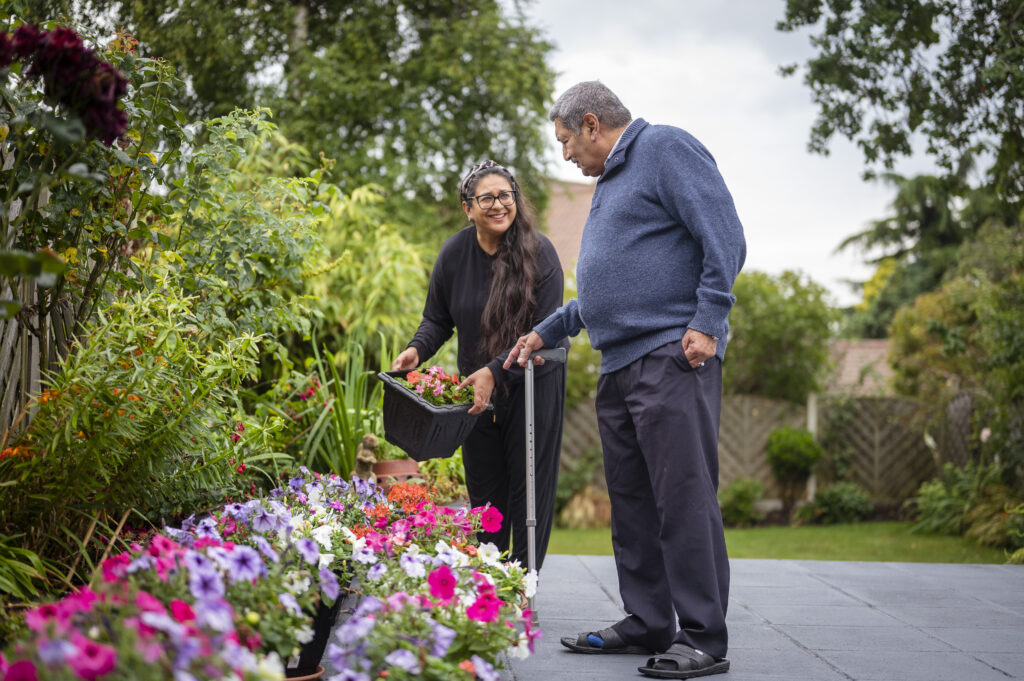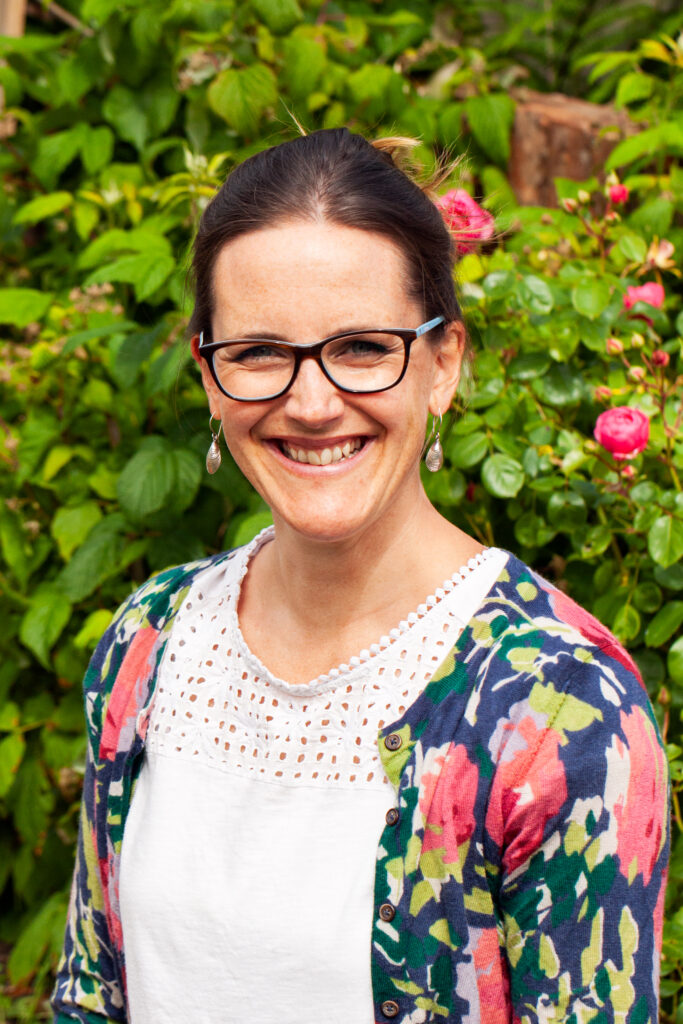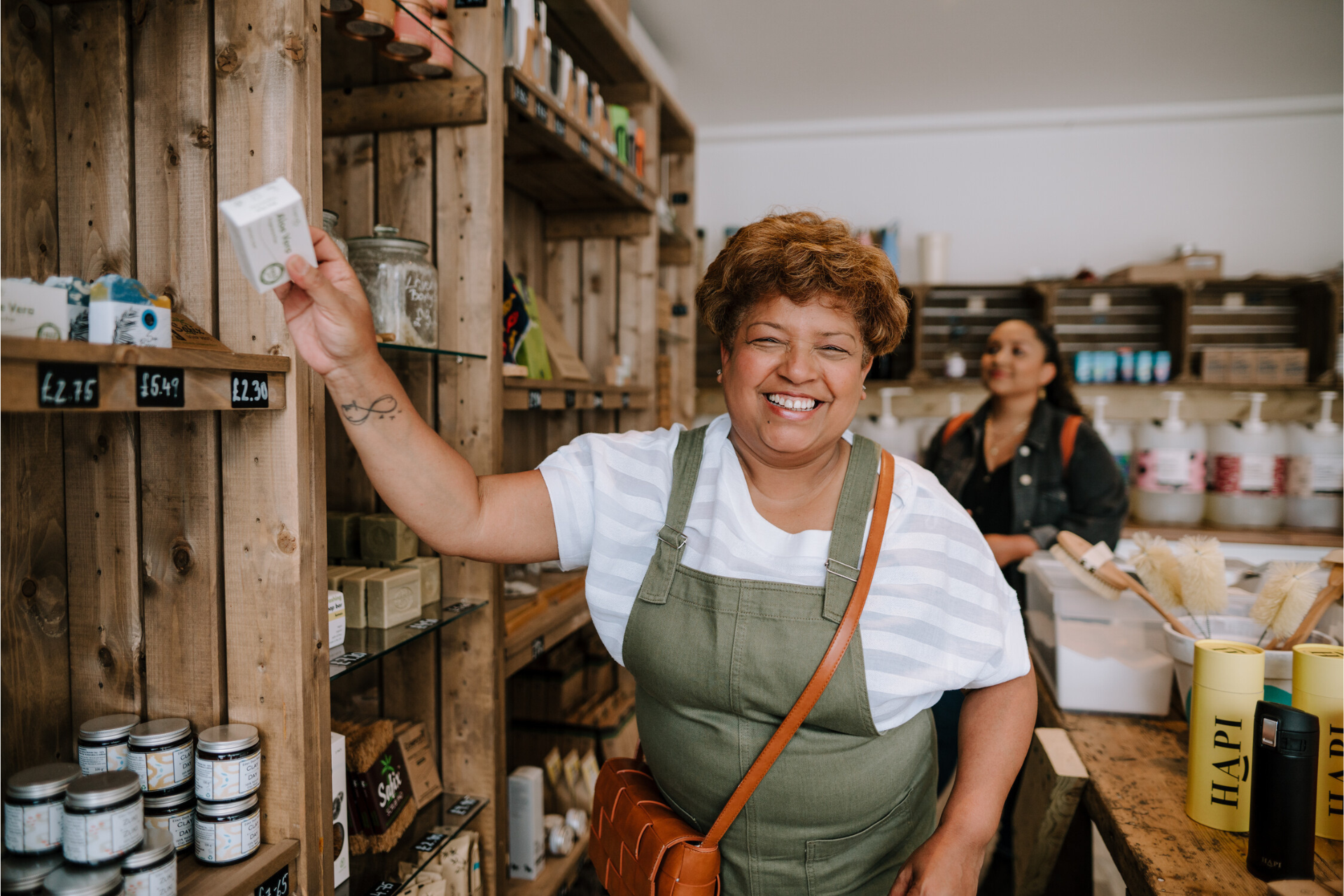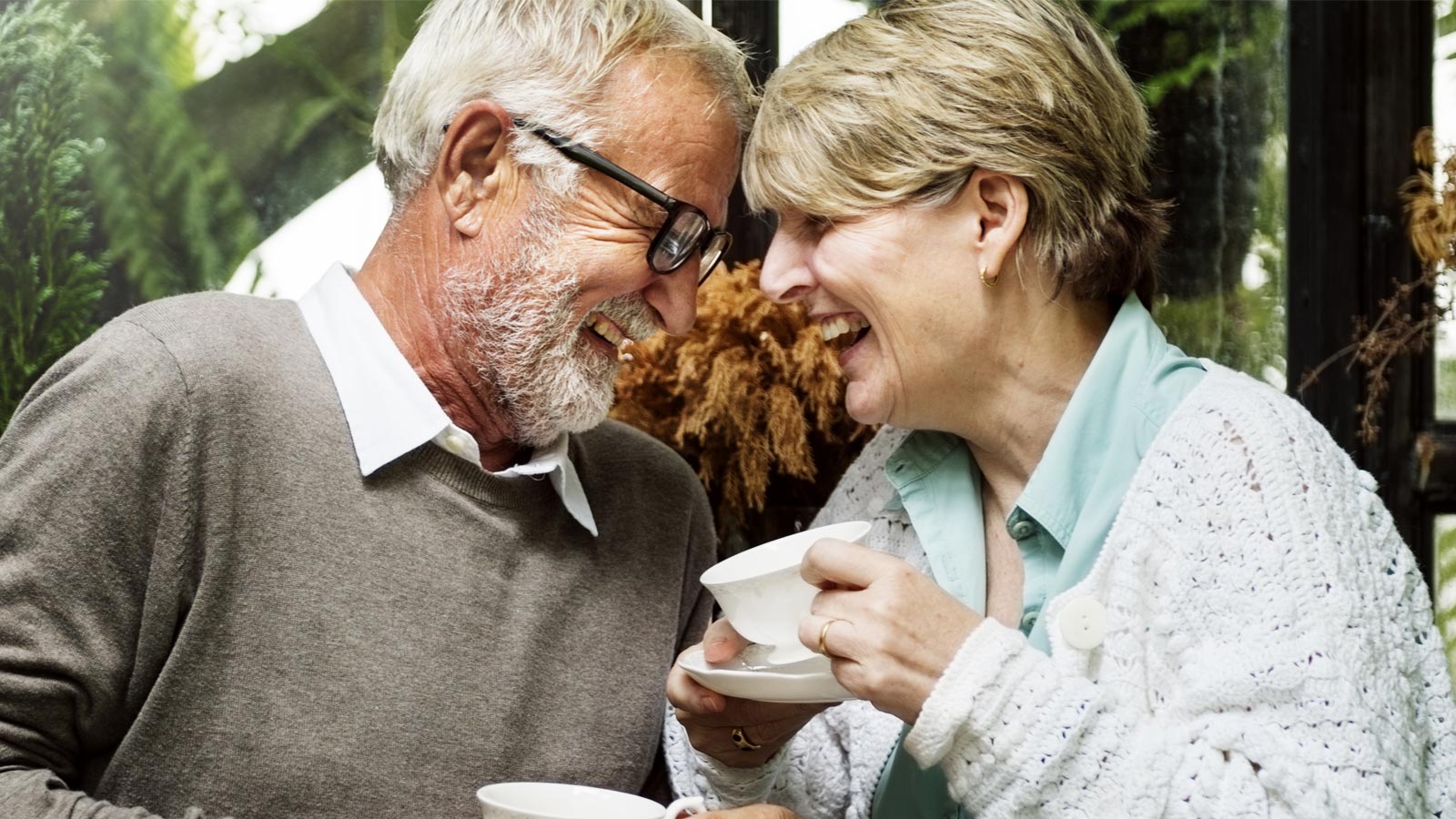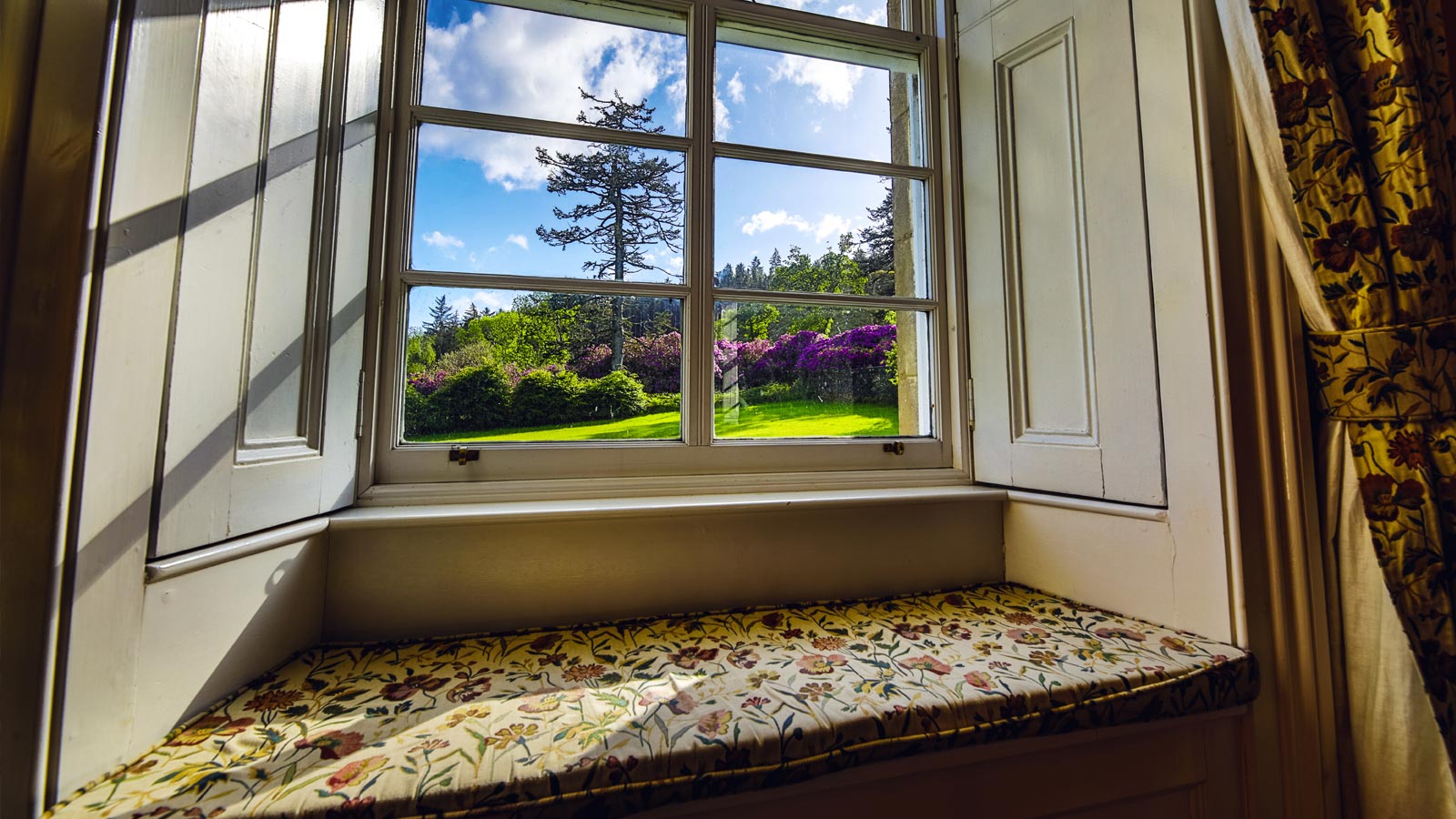Environments in which older people live, work and take leisure time are essential to health and wellbeing. However, with climate change, threats are emerging in previously hospitable environments. It is essential we understand older and younger people’s climate change perspectives, behaviours, and future visions so that living, working and recreational environments can be shaped and managed effectively for health, wellbeing and sustainability into the future.
The first stage of our one-year project was to set up an Advisory Group, who co-developed the research design, linked us with communities, and helped anticipate intergenerational dialogue. Next, to explore everyday issues with people who use a range of ‘environments of ageing’, we held workshops with 55 older and younger people in South Wales (March-May 2023). One session was carried out with community growers on an urban street; one with members and friends of a youth club in a post-industrial town, one with a primary school and care home in a coastal village, another with a BAME women’s walking group in an industrial coastal town, and another with a farming family on rural Gower. During the workshops, we used creative methods (games, comic-creation, mobile and on-line interviews, storyboarding) to encourage intergenerational conversation and explore change. The project workplan is shown below and illustrates the importance of the Advisory Group throughout the project.

Figure 1: OPTIC project workplan
Workshops were audio recorded, and the stories from sessions were developed into a bilingual comic book with Illustrator Laura Sorvala. Laura also used the results of a survey that we carried out in January and February with members of the public (N=98) to incorporate readers’ preferences for intergenerational comic styles. In creating the stories, Laura looked for two things: emerging themes relevant to the overall project and comments that could bring a personal, human spark. An example of how conversations became part of the comic is shown in Figure 2.

Figure 2: The journey from conversation to comic: L-R: care home residents tell stories about their experiences of snow (photograph courtesy of Kirsten Clift); Ronnie and Bob’s snow comic; Laura’s illustration
Laura wrote the comic in verbatim style, using words directly from the transcripts with minor editing for clarity and to fit within speech bubbles. The resulting Climate Comic / Comic yr Hinsawdd: Tales between generations / Cenedlaethau’n rhannu straeon is a bilingual, full colour 28-page comic book, which can be found at www.climatecomic.co.uk. The comic begins with information about the project, before eight double-page spreads tell stories from the workshops. On pages 21-24, readers can discover more about the workshop methods and how the comic was made. These pages also contain information that contextualises and explains the content of the comic: like why there is a bee hidden on every page, and the significance of the duck on the front cover. On pages 25-29, readers can play the OPTIC dice game, colour-in and create their own comic using the template provided.
The comic was shared as hardcopies, via a website, social media, and two interactive exhibitions. The first exhibition, at the Urdd Eisteddfod (Llandovery) took place in May-June and engaged hundreds of people as they passed through Swansea University’s Gwyddonle Tent. Many of the visitors took part in collage activities and created their own comics while they visited the OPTIC stand. A second exhibition was held at the Taliesin creative space at Swansea University, where visitors were invited to add a panel to a collaborative comic. The project culminated in a shared learning event, where older people, policymakers, businesses, and charities together drew on themes from the comic to share ideas for environments of ageing that better address older and younger people’s climate change perspectives and behaviours.



Figure 3: Visitors at the OPTIC Exhibition in Taliesin Create including the collaborative comic at the end of the two-month Taliesin exhibition (right)
In Spring-Summer 2024, we are writing up the research, as well as working with older and younger people in South Wales to create an intergenerational climate change activity pack based on the Climate Comic. Our outreach work is ongoing, including an intergenerational climate change games event, which is described in this blog: https://www.cadr.cymru/en/news-info.htm?id=358. For more information, please visit our website at www.climatecomic.co.uk or email optic@swansea.ac.uk.
